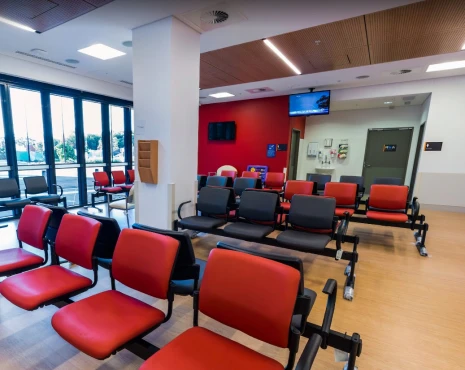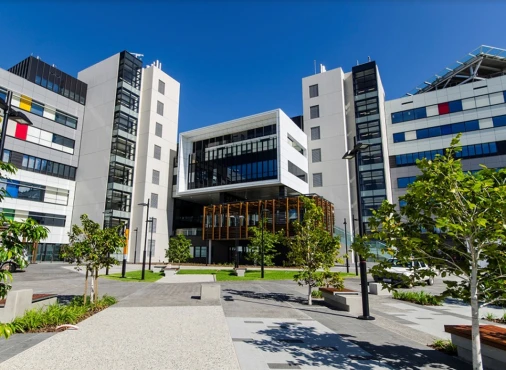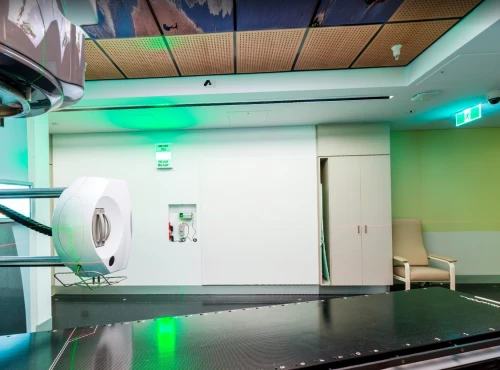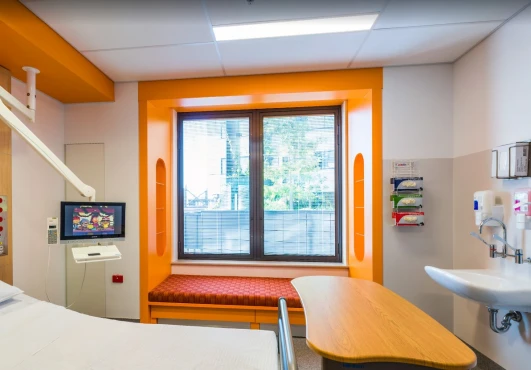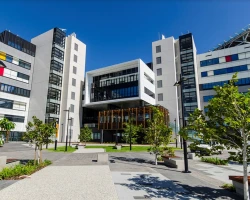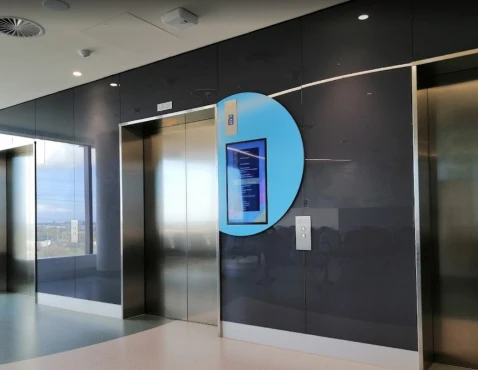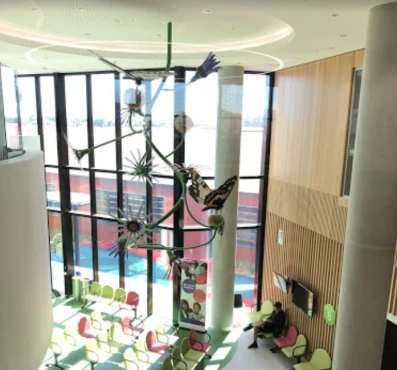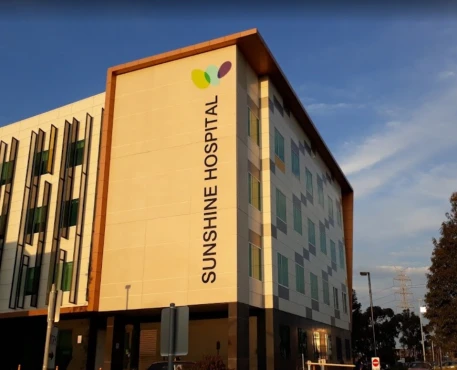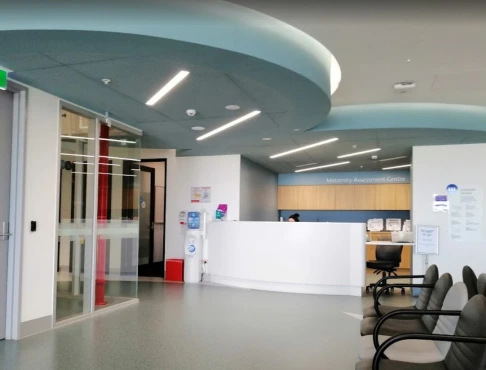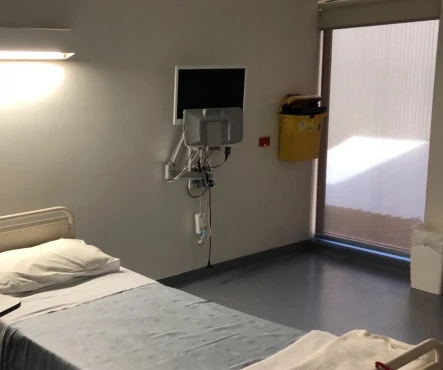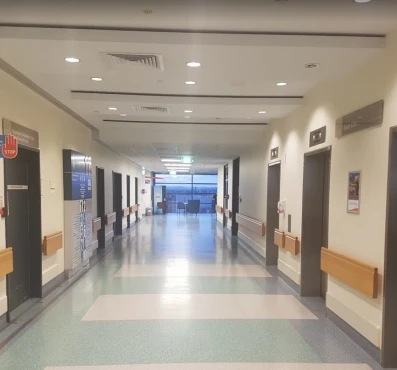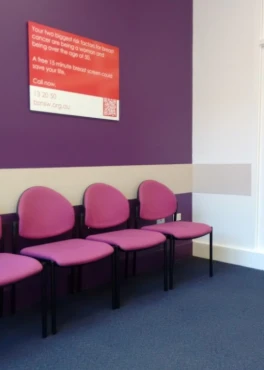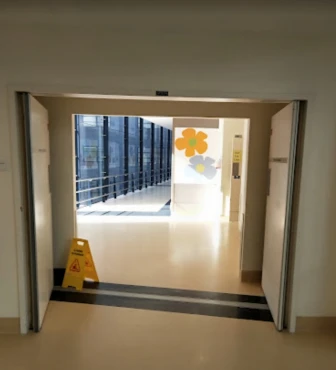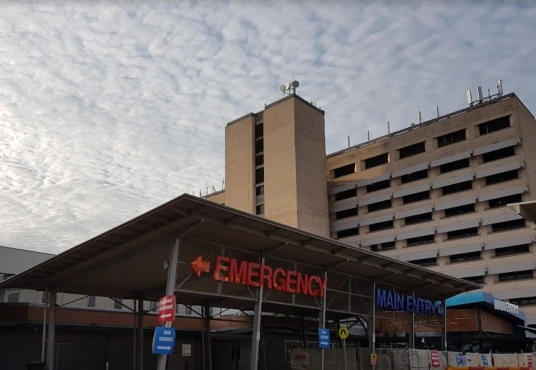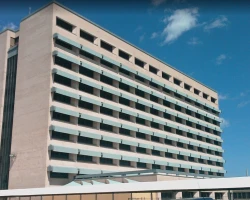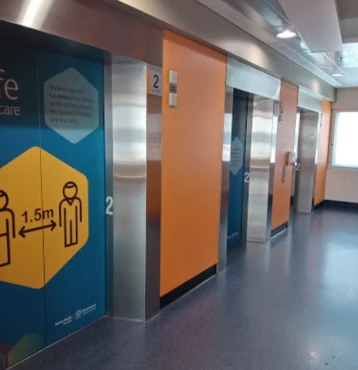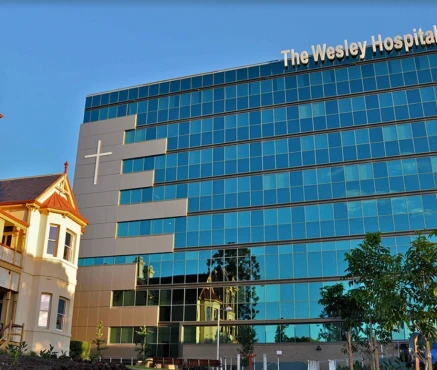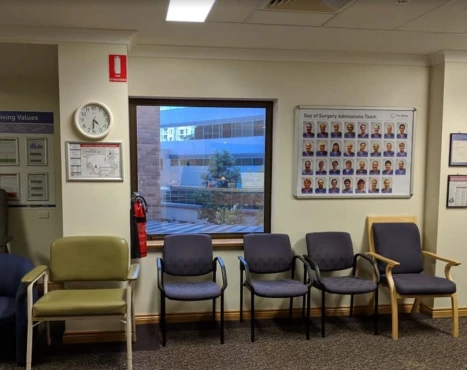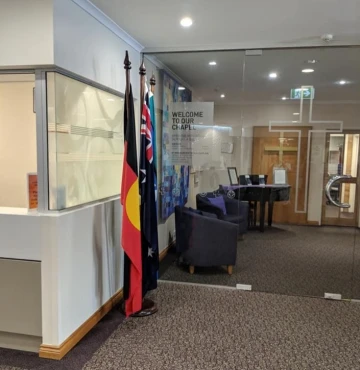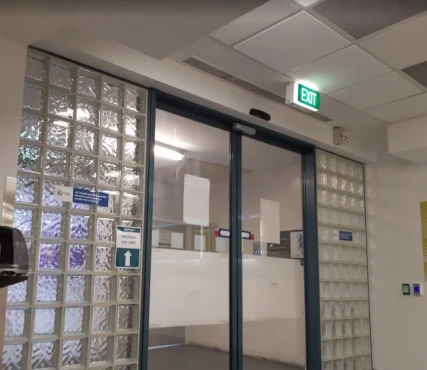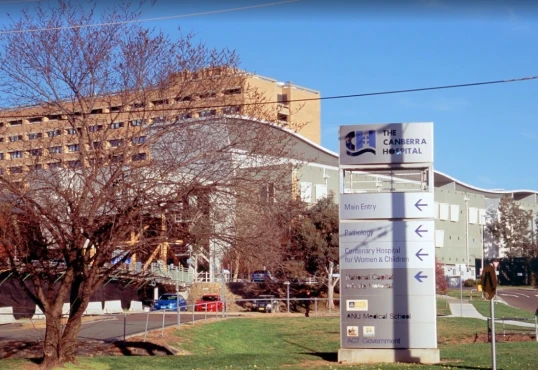Liver cyst treatment in 1 Oncology clinic in Southport
1 clinic specializing in Oncology providing treatment of
Liver cyst
Liver cysts are fluid-filled sacs that can develop in the liver. They are usually benign and asymptomatic but can cause discomfort or complications if they grow large or rupture. Regular monitoring is essential.
Read more...
disease in Southport.
Besides this clinic there are 35 Oncology clinics in Australia.
Such diseases are treated by Gold Coast University Hospital: Benign liver tumor, Bile duct cancer, Hepatolithiasis, Liver cancer, Liver cyst, and others.
Sorted by:
Relevance
Rating
Relevance
Prices for popular procedures:
Nearby clinics in Australia
Perhaps you should consider the following clinics we have found nearby basing on your Location, Disease filters applied.
Prices for popular procedures:

Saint Albans, Australia
Specializations: Cardiac surgery, Thoracic surgery, Neurosurgery, Orthopedic surgery, Oncology
Sunshine Hospital is an acute and sub-acute teaching hospital with approximately 600 beds(including Mental Health beds managed by North West Mental Health). Sunshine Hospital has
read more
Prices for popular procedures:
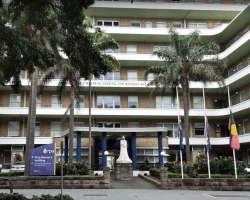
Camperdown, Australia
Specializations: Cardiac surgery, Vascular surgery, Thoracic surgery, Neurosurgery, Spine surgery, Orthopedic surgery, Oncology
Languages: Portuguese, Russian, Turkish
Royal Prince Alfred Hospital is one of Australia's premier tertiary referral hospitals and is recognised as a worldwide leader in healthcare excellence and innovation. RPA
read more
Prices for popular procedures:
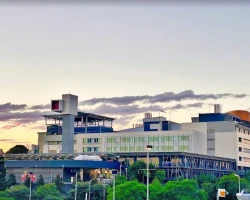
Woolloongabba, Australia
Specializations: Cardiac surgery, Vascular surgery, Thoracic surgery, Neurosurgery, Spine surgery, Orthopedic surgery, Oncology
Languages: English
Princess Alexandra Hospital (PAH) is a tertiary health care centre, providing care in all major adult specialties, with the exception of obstetrics. We are
read more
Prices for popular procedures:

Auchenflower, Australia
Specializations: Cardiac surgery, Vascular surgery, Thoracic surgery, Neurosurgery, Spine surgery, Orthopedic surgery, Oncology
For generations of Queenslanders, The Wesley Hospital in Brisbane has provided care through life’s journey — from birth into childhood, to adulthood and to end
read more
Prices for popular procedures:
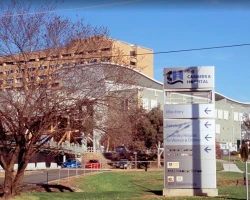
Garran, Australia
Specializations: Cardiac surgery, Vascular surgery, Thoracic surgery, Neurosurgery, Spine surgery, Orthopedic surgery, Oncology
Canberra Health Services (CHS) delivers high quality, effective, person-centred care. We deliver a range of health services for people across the Australian Capital Territory (ACT)
read more
Countries with the highest number of clinics treating the diseases:
Liver cyst:
worldwide
673 clinics
Germany
40 clinics
Brazil
39 clinics
India
39 clinics
Colombia
27 clinics
Mexico
26 clinics
Related procedures:
Procedures are likely to be used for Liver cyst treatment:
Chemoembolization,
Liver transplantation,
Major liver resection,
Microwave tumor ablation (MWA),
and
Minor liver resection
.
